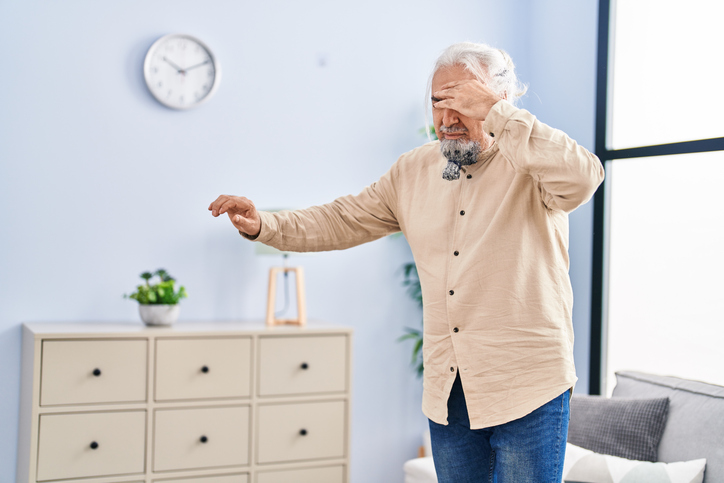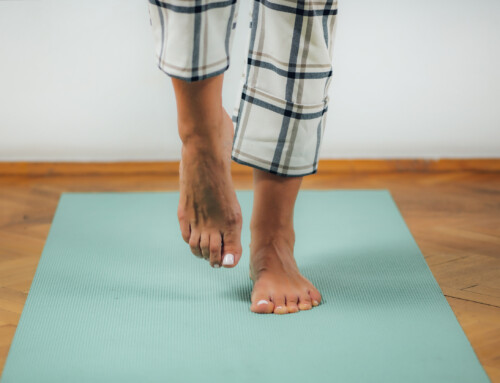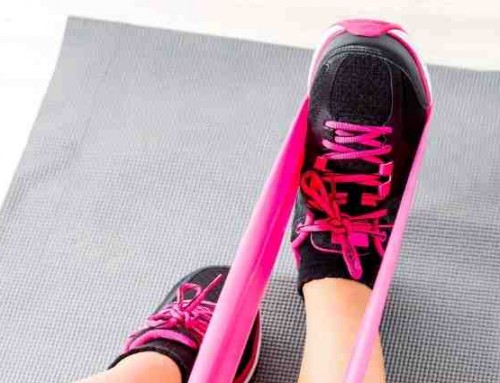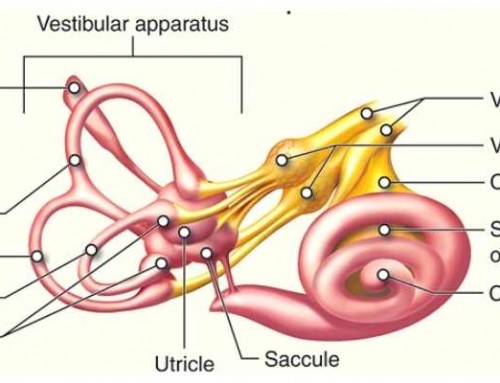By Jordan Rose, SPT
What is Vestibular Hypofunction?
Vestibular hypofunction is a disorder of the inner ear in which signals being sent to the brain regarding one’s position of their head and/or body in space are diminished. As a result, individuals experiencing unilateral vestibular hypofunction (diminished signals from one ear) may experience symptoms including:
● Dizziness
● Nausea
● Vomiting
● Poor balance
When someone is experiencing bilateral vestibular hypofunction (diminished signals from both ears), they may not experience any symptoms as the signals are diminished on both sides and an imbalance is not being detected by the body.
What Causes Vestibular Hypofunction?
Vestibular hypofunction can arise from various different causes, in which the resulting imbalance may more commonly be unilateral or bilateral. Unilateral vestibular hypofunction is most commonly caused by labyrinthitis, vestibular schwannoma, and Meniere’s disease. However, bilateral vestibular hypofunction is often caused by medication use, specifically aminoglycoside antibiotics as they are toxic to the inner ear, autoimmune diseases, trauma, superficial siderosis, CANVAS syndrome, and neurofibromatosis specifically type II. Although unilateral and bilateral hypofunction have unique causes, it is also possible for someone to experience vestibular hypofunction with no known cause, known as an “idiopathic” origin.
How Can Physical Therapy Help?
Both unilateral and bilateral vestibular hypofunction can be treated with physical therapy interventions. Treatment methods often include adaptation, habituation, substitution, and balance training. Adaptation interventions focus on retraining the eyes to move and process information at a high velocity, so the brain receives the proper input in a timely manner. Examples of adaptation interventions include keeping the eyes set on a stationary object and turning the head or keeping the eyes set on a moving object and moving the head opposingly. Habituation interventions are repeated movement to provoke low level symptoms. Using habituation exercises helps to get the body used to the symptoms being experienced and hopefully allows someone to live with low level symptoms for longer periods of time. Substitution interventions use the visual and somatosensory systems to essentially cancel out the imbalance vestibular input being sent to the brain using imagery or active eye head movement strategies. Fortunately, physical therapy treatment for vestibular hypofunction is often effective in reducing a patient’s symptoms and getting them back to their usual daily activities without disruption.
References:
1. Hall CD, Herdman SJ, Whitney SL, Anson ER, Carender WJ, Hoppes CW, Cass SP, Christy JB, Cohen HS, Fife TD, Furman JM, Shepard NT, Clendaniel RA, Dishman JD, Goebel J, Meldrum D, Ryan C, Wallace RL, Woodward NJ. Vestibular rehabilitation for peripheral vestibular hypofunction: An updated clinical practice guideline from the Academy of Neurologic Physical Therapy of the American Physical Therapy Association. Journal of Neurologic Physical Therapy. 2022; 46(2):118-177. doi:10.1097/NPT.0000000000000382.
2. Balance & Falls Center Otolaryngology: Head and Neck Surgery. | Balance & Falls Center / Otolaryngology | Head and Neck Surgery | At UCSF. Accessed May 25, 2023. https://ohns.ucsf.edu/balance-falls/vestibular-hypofunction.
If you have been diagnosed with dizziness, contact us today via our contact form, or call us directly at our physical therapy clinics in Malta, Saratoga or Queensbury at 518-289-5242 for a personal evaluation, and find out how we can get you feeling better!






